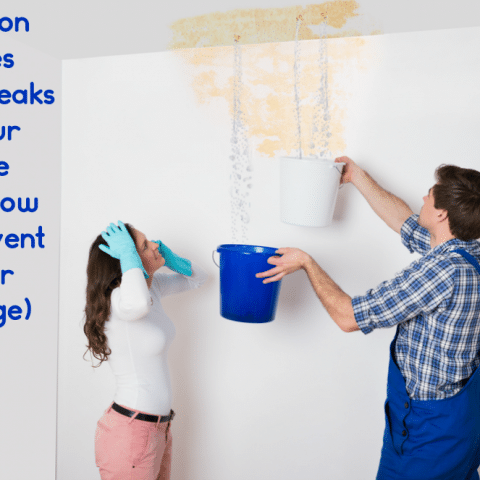How do you feel when it comes to Locating water leaks?

Early detection of leaking water lines can reduce a possible catastrophe. Some small water leakages may not be noticeable.
1. Check Out the Water Meter
Checking it is a surefire way that helps you discover leakages. If it relocates, that suggests a fast-moving leak. This implies you may have a sluggish leak that might even be below ground.
2. Inspect Water Usage
If you detect unexpected changes, despite your intake being the same, it implies that you have leakages in your plumbing system. An abrupt spike in your costs shows a fast-moving leakage.
Meanwhile, a steady increase monthly, even with the exact same habits, shows you have a slow leakage that's also slowly rising. Call a plumber to thoroughly check your home, especially if you feel a cozy area on your floor with piping beneath.
3. Do a Food Coloring Test
When it comes to water consumption, 30% originates from toilets. Examination to see if they are running effectively. Drop flecks of food color in the container and wait 10 minutes. There's a leak between the storage tank and dish if the color in some way infiltrates your bowl throughout that time without flushing.
4. Asses Exterior Lines
Don't fail to remember to check your outdoor water lines also. Should water leak out of the connection, you have a loose rubber gasket. One tiny leakage can lose bunches of water and also spike your water bill.
5. Assess the situation and also evaluate
Property owners need to make it a practice to examine under the sink counters and also inside cabinets for any kind of bad odor or mold and mildew growth. These two red flags show a leakage so timely attention is called for. Doing regular examinations, even bi-annually, can save you from a major issue.
Check for discolorations as well as compromising as most pipelines and also devices have a life expectancy. If you believe leaking water lines in your plumbing system, do not wait for it to rise.
Early detection of dripping water lines can mitigate a possible catastrophe. Some little water leaks might not be noticeable. Inspecting it is a proven way that helps you discover leaks. One little leakage can throw away bunches of water and also surge your water costs.
If you believe dripping water lines in your plumbing system, do not wait for it to intensify.
WARNING SIGNS OF WATER LEAKAGE BEHIND THE WALL
PERSISTENT MUSTY ODORS
As water slowly drips from a leaky pipe inside the wall, flooring and sheetrock stay damp and develop an odor similar to wet cardboard. It generates a musty smell that can help you find hidden leaks.
MOLD IN UNUSUAL AREAS
Mold usually grows in wet areas like kitchens, baths and laundry rooms. If you spot the stuff on walls or baseboards in other rooms of the house, it’s a good indicator of undetected water leaks.
STAINS THAT GROW
When mold thrives around a leaky pipe, it sometimes takes hold on the inside surface of the affected wall. A growing stain on otherwise clean sheetrock is often your sign of a hidden plumbing problem.
PEELING OR BUBBLING WALLPAPER / PAINT
This clue is easy to miss in rooms that don’t get much use. When you see wallpaper separating along seams or paint bubbling or flaking off the wall, blame sheetrock that stays wet because of an undetected leak.
BUCKLED CEILINGS AND STAINED FLOORS
If ceilings or floors in bathrooms, kitchens or laundry areas develop structural problems, don’t rule out constant damp inside the walls. Wet sheetrock can affect adjacent framing, flooring and ceilings.
https://www.servicemasterbyzaba.com/blog/how-to-detect-water-leakage-in-walls/

We hope you enjoyed reading our excerpt about Hacks to detect leaks. Thank you so much for taking a few minutes to browse our posting. Liked our blog entry? Please share it. Help another person find it. We recognize the value of reading our article about Detecting hidden plumbing leaks.
The right fix? Ring!